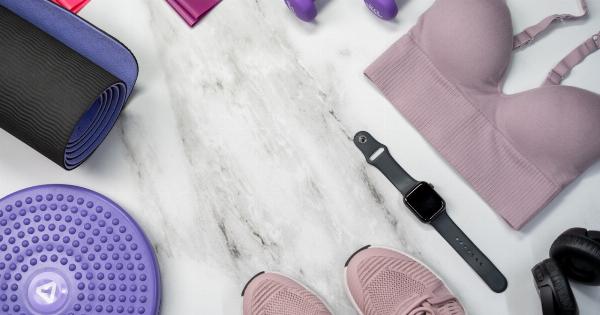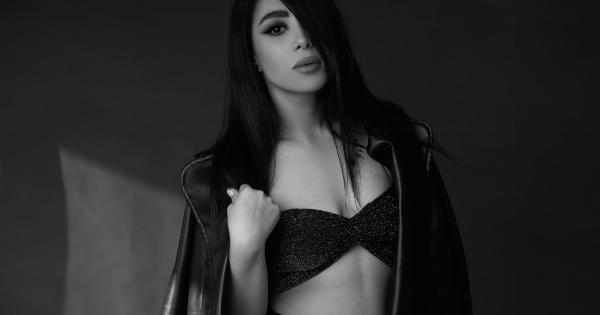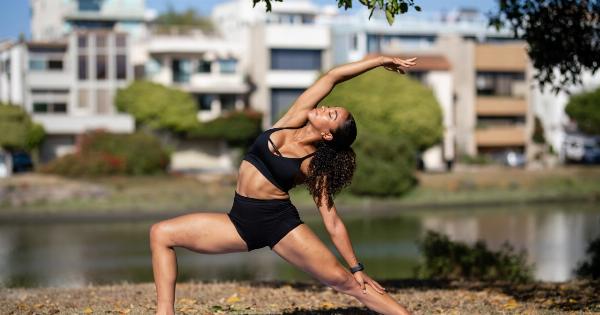Are you tired of struggling to find the perfect-fitting bra? Do you often feel unsure about which bra size to buy? If so, don’t worry! This comprehensive guide will walk you through everything you need to know before making a purchase.
From understanding band and cup sizes to finding the right fit and style, we’ve got you covered. With these expert tips and tricks, you’ll feel comfortable and confident in your choice. So, let’s dive in and discover the secrets of bra sizing!.
How Bra Sizing Works
Before you start shopping for bras, it’s crucial to understand how bra sizing works. Bra sizes consist of two measurements: the band size and the cup size.
The band size determines the circumference of your torso just below your bust, while the cup size determines the volume of your breasts. Both measurements are important to ensure a proper fit.
To measure your band size, wrap a measuring tape snugly around your torso, just below your bust. Make sure the tape is parallel to the ground and not too tight or too loose. Round the measurement to the nearest whole number.
This number will be your band size (e.g., 32, 34, 36).
Next, measure your bust size by wrapping the measuring tape around the fullest part of your breasts. Again, ensure the tape is parallel to the ground and not too tight or too loose.
Subtract your band size from your bust size to determine your cup size (e.g., A, B, C, D).
Understanding Band Sizes
The band size is a crucial component of bra sizing as it provides the majority of support. However, many people wear bras with incorrectly sized bands, leading to discomfort and inadequate support. Here’s what you need to know about band sizes:.
-
Band sizes are measured in inches
Band sizes are typically measured in inches and correspond to the measurement taken just below your bust. Common band sizes range from 28 to 46 inches, though different brands may offer additional options.
-
Band sizes can vary across different brands
Each brand may have its own sizing system, so don’t be surprised if you find variations in band sizes between different brands.
If you’re trying a new brand, it’s always a good idea to refer to their specific size chart to find the best fit.
-
A snug band offers better support
A properly fitting band should feel snug, yet comfortable, around your torso. The band should sit horizontally across your back and remain parallel to the ground.
A loose band will fail to provide adequate support, while a too-tight band can cause discomfort and restrict breathing.
-
Band sizes may change with weight fluctuations
If your weight fluctuates significantly, it’s essential to reassess your band size. Weight gain or loss can impact your body’s measurements, including the size of your torso.
Therefore, it’s advisable to measure yourself periodically to ensure you’re wearing the correct band size.
Decoding Cup Sizes
Now that you understand band sizes, let’s delve into the world of cup sizes. Cup sizes determine the volume of your breasts and work alongside the band size to create a proper fit. Here’s what you need to know about cup sizes:.
-
Cup sizes are represented by single letters
Unlike band sizes, which are measured in inches, cup sizes are represented by single letters (A, B, C, D, etc.). Each letter corresponds to a specific difference between your bust and band measurements.
For example, an A cup indicates a one-inch difference, a B cup indicates a two-inch difference, and so on.
-
Cup sizes can vary based on band size
While the letters represent relative volume, cup sizes can vary depending on the band size. For instance, a 34B bra has a different cup size than a 38B bra. As band sizes increase, cup sizes become larger to maintain proportionality.
-
Getting the right cup size is crucial
Wearing the wrong cup size can lead to various issues such as spillage, fabric gaps, lack of support, or discomfort. The cup should encase your breasts smoothly, with no wrinkles or gaps, providing a natural and flattering shape.
-
Half-cup and quarter-cup sizes
In addition to the standard cup sizes, some brands offer half-cup or quarter-cup sizes (e.g., 34A½ or 36C¼). These sizes can be beneficial if you find yourself between two cup sizes and need a more precise fit.
Ensuring the Right Fit and Style
Now that you have a good understanding of band and cup sizes, let’s explore how to ensure the right fit and style for your needs:.
-
Try on multiple sizes and styles
It’s essential to try on different sizes and styles to find your perfect fit. Remember that sizes can vary across brands and even within the same brand, so don’t hesitate to experiment.
-
Consider different bra styles
There are various bra styles available, from full-cup bras to push-up bras, sports bras, and balconette bras. Each style offers a different level of support and shaping.
Consider your needs, preferences, and the occasion you’ll be wearing the bra for when choosing a style.
-
Pay attention to the bra’s underwire
If you prefer underwired bras, make sure the underwire sits comfortably around your breasts without digging into your skin. The underwire should follow your natural breast crease and encase the entire breast, offering optimal support.
-
Adjust the straps and band for a customized fit
Once you find a bra that fits well in terms of band and cup size, fine-tune the fit by adjusting the straps and band.
Straps should be snug but not tight, and the band should sit in a horizontal line around your torso without riding up or digging into your skin.
-
Shop at specialty lingerie stores for expert assistance
If you’re still unsure about your bra size or need assistance, consider shopping at specialty lingerie stores. Their staff can provide personalized fitting services and offer valuable advice to help you find the perfect bra.
Tips and Tricks for Bra Shopping
Here are some additional tips and tricks that will enhance your bra shopping experience:.
- Measure yourself regularly, particularly if your weight fluctuates or after significant life events (e.g., pregnancy, breastfeeding).
- Don’t rely solely on the same size you’ve been wearing for years. Our body changes over time, so be open to trying different sizes.
- Invest in quality bras made with comfortable materials that provide both support and breathability.
- When shopping online, always consult the brand’s size chart and customer reviews before making a purchase.
- If your bra straps consistently fall off your shoulders, consider using a racerback or convertible bra style.
- Remember that comfort should always be a priority. If a bra feels uncomfortable, it’s not the right fit for you.
By following these guidelines and exploring the world of bra sizing, you’ll be well-equipped to make informed decisions when shopping for bras.
Remember that finding the perfect fit may require some trial and error, but don’t give up! The right bra will enhance your comfort, confidence, and overall well-being.






























